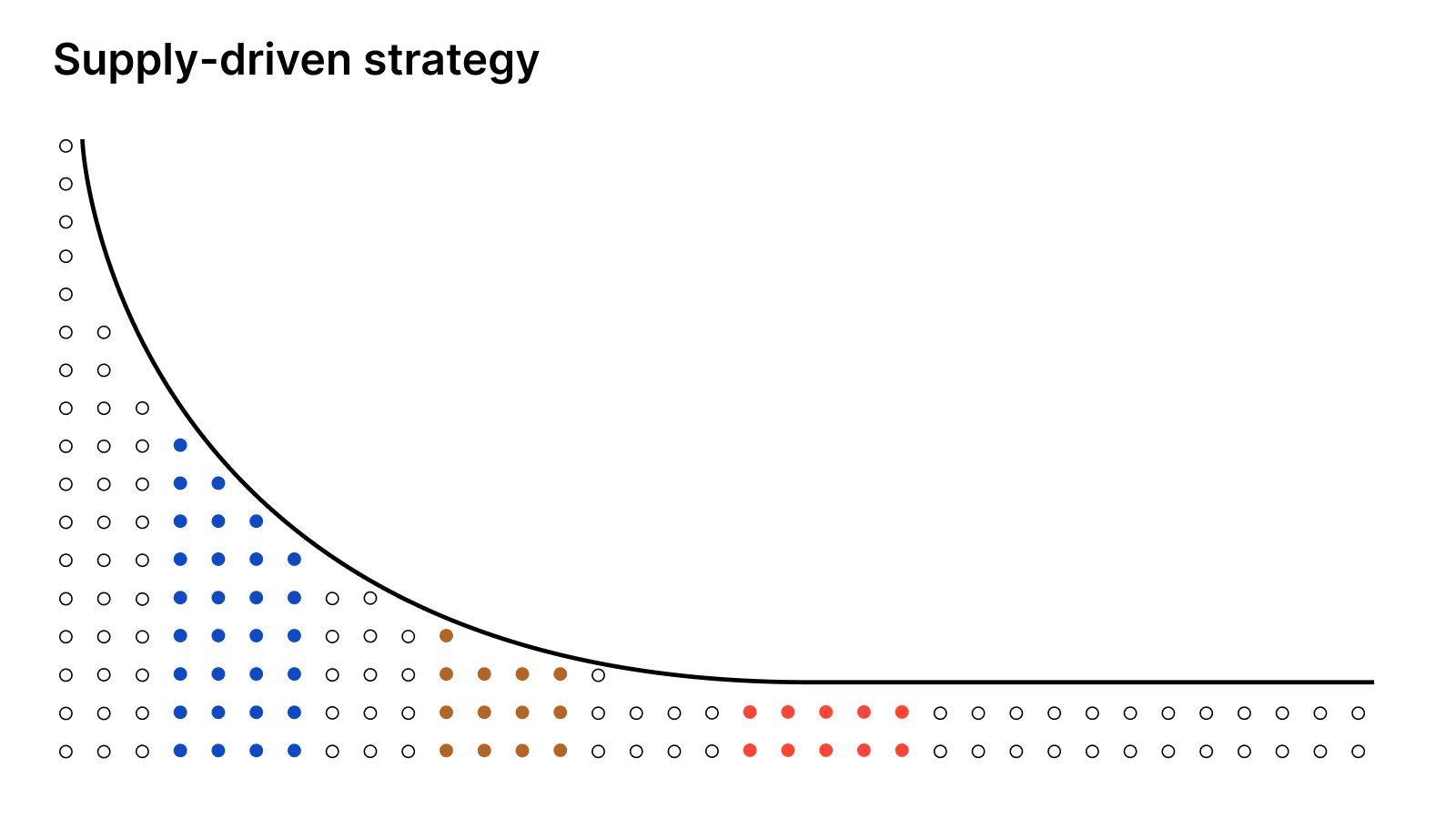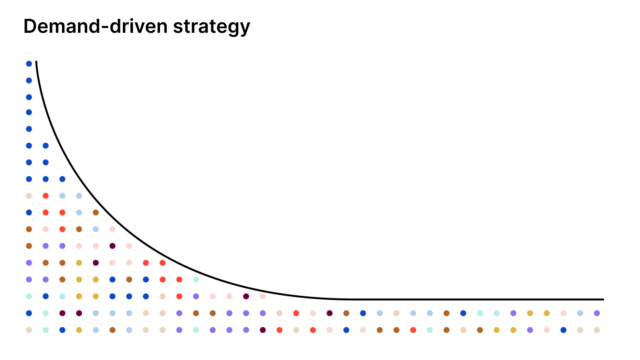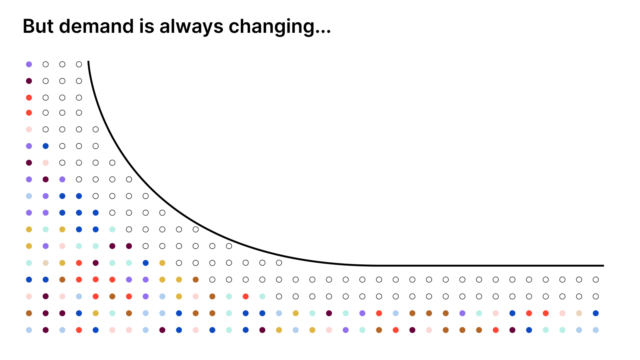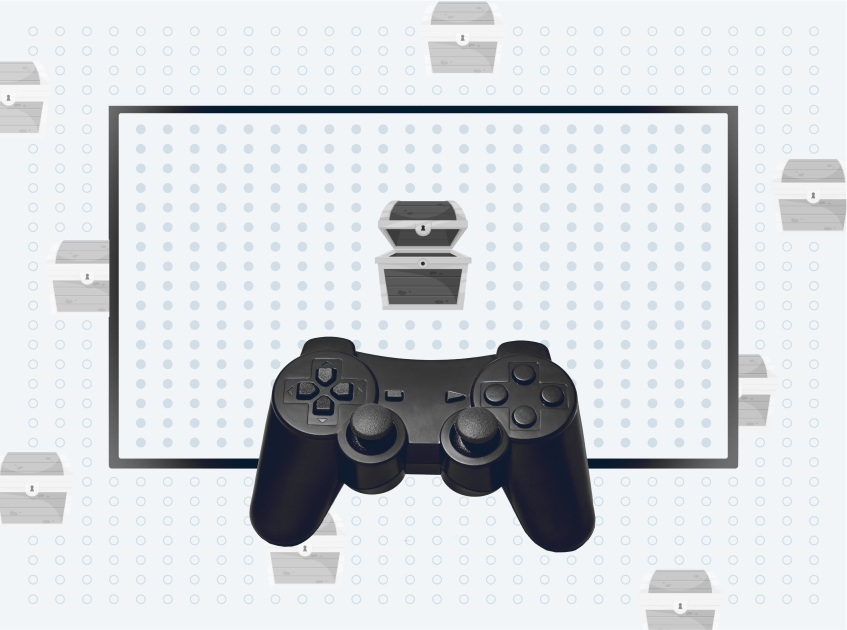Last year, gamers in the U.S. clocked an astounding 45 billion hours on online video content, according to Comscore’s 2024 State of Gaming Report. This creates a massive opportunity for monetization, with options like in-game product placement and livestream sponsorships offering a direct line to this highly engaged audience. Two-thirds of gamers even say they’re even okay with in-game ads, seeing them as a positive or neutral part of their experience.
But the stat I found most interesting is that 82% of gamers have made in-app purchases in freemium games. This speaks to the strength of the freemium model and how eager players are to invest in their gaming experience. This success might seem unique to the gaming industry, but businesses across all sectors can use similar strategies to their advantage.
The key is stunningly simple: having a desirable product or service and making it easily accessible. A free path to your product is a great starting point, and when combined with other pricing models it can be even more powerful.
Remember the dots?
Back in March, I talked about why a customer-centric world requires a demand-led strategy in three charts representing different monetization approaches. Here’s a quick recap:

Businesses with a supply-driven strategy provide a limited set of prices and packages, like offering only monthly and annual subscription options, for example. This isn’t a customer-centric approach. It’s a set of static models not influenced by consumer sentiment. In the supply-driven strategy chart, the colored dots represent the few models available and being consumed, but notice the uncolored dots. They represent consumers who aren’t customers, choosing none of the options available to them.
Conversely, there’s the demand-driven strategy, which is influenced by what consumers want.

Businesses that adopt this strategy offer a range of packages, prices, and models, represented above with an assortment of colors. Think traditional subscriptions, prepaid usage, advertising revenue, and, yes, freemium business models. The more options businesses offer their customers, the more growth they’ll see.
But businesses can go even further, with not just a demand-driven strategy but one that recognizes demand isn’t stagnant and that you need offerings that match and continuously evolve with demand as it shifts.

With this strategy, a freemium business model can be one of many options that matches the needs of a segment of demand, while there are other options available that match what customers want. The major difference between this approach and a straight demand-driven strategy is that this approach is always changing. That’s why this chart has uncolored dots. There’s always varying demand. And there’s always room to grow.
This is why a freemium business model is valuable. Not all customers are ready to commit to a subscription immediately. Many prefer to test the waters by reading a few articles, watching a few episodes, or enjoying free credits. The freemium model provides a risk-free way for them to experience your product or service before deciding to upgrade. Once you get them through the door, numerous possibilities await.
Let’s say they enjoy a trial period. Next, they’ll either purchase a subscription or another paid offer. That’s great! Direct, recurring revenue. Check. But don’t sleep on the freemium user. They can be just as important as the paying subscriber. Freemium users could bolster ad revenue, drive one-off payments, and spur other opportunities for paid engagement, like they’ve done in the gaming space.
Either way, it’s a win when you acquire and retain a customer — subscriber or not. Under this business strategy, companies have an arsenal of pricing and product offerings that can appeal to the full spectrum of consumer demand. That means there’s something for everyone: traditional monthly or annual subscriptions, freemium (with ads, pay to upgrade), usage (prepaid credits, pay for what you consume), multi-product bundles, and so much more.
And if you follow this newsletter closely, you know that this strategy by itself is only an idea without a modular monetization platform to execute on it. This platform makes it possible for businesses to offer their customers multiple pricing and packages and continuously adjust those offerings to always align with the demands of the market.
Think of it as an ongoing experiment. Once you have the customer, you can continuously test different offerings tailored to their express preferences and behavior on your site or app without shocking your systems or disrupting the user experience.
Freemium just makes sense. I opened with the gaming story, but this offering isn’t industry specific. You can design it in a way that makes it easy for users to engage with your business while it still works for you financially. You have to get creative if you want to have staying power. Offering just one or two unchanging ways to access your product is a losing strategy in the long run. Like Bezos said: Customers are “divinely discontent.” So understand why they’re discontent, adjust, and give them what they want. That’s what it’s all about.
This is the ninth installment of the new Subscribed Weekly. We’re challenging companies to move beyond one-size-fits-all pricing models and craft a dynamic mix of offerings and business models that meet ever-changing consumer demand. This customer-centric and future-proof approach can unlock recurring growth and give modern businesses staying power.
Stay tuned for more conversations. We’re just getting started and have so much more to cover. See you next time.



